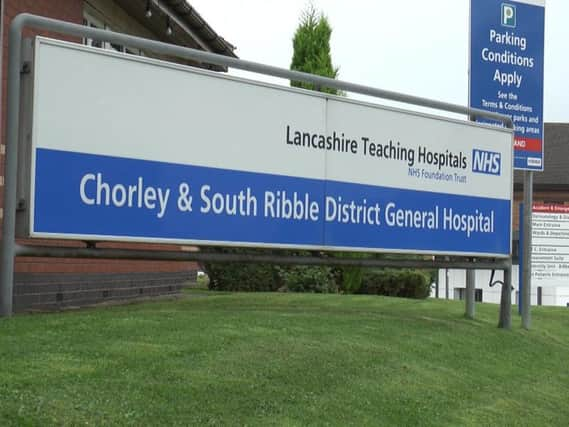Call for action to tackle non-urgent waiting times at Preston and Chorley Hospitals - but A&E waits continue to improve


Sue Musson made the call at a board meeting of Lancashire Teaching Hospitals after her deputy expressed concern that performance was “going south”.
But members also heard that Accident and Emergency waiting times were improving - in spite of an increase in the number of people coming through the door.
Advertisement
Hide AdAdvertisement
Hide AdLatest figures reveal that the two hospitals saw 80 percent of non-urgent cases within the 18 week target set by NHS England. That means over 6700 people waited longer than that for pre-planned procedures and outpatient appointments.
Tim Watkinson, the trust’s vice-chair, told fellow members that he took “some comfort” from improvements in Accident and Emergency waiting times, but added: “We can see what we’re doing in A&E, but not [in other areas].”
The NHS expects 92 percent of patients to be seen within 18 weeks, but that target has not been met nationally for over two years. Across England, figures for June - the latest month available at a national level - show 87.2 percent of patients were seen within the timeframe.
Papers presented to the meeting describe “high backlogs” in a number of departments across the two central Lancashire sites, including neurology, cardiology and respiratory. But other areas, such as gastroenterology, orthopaedics and general surgery are performing well.
Advertisement
Hide AdAdvertisement
Hide AdAdrian Griffiths, chief operating officer at the trust, told members: “For all sorts of reasons, there has been a focus on urgent care [performance]. But there is more emphasis [now] on other trajectories and patient flow - and we are confident that we are addressing all the areas we need to.”
But the meeting heard that plans to clear backlogs will take several months and that some patients face long waits for their first appointment.
Meanwhile, in Accident and Emergency, 86.4 percent of patients were seen within the 4-hour waiting time target at the end of July, continuing a recent upward trend. That came in spite of a 7 percent increase in the number of patients attending the department compared to the previous month.
Nationally in July, 89.3 percent of A&E patients were seen in under four hours, against a nominal target of 95 percent - which has not been met in more than five years.
